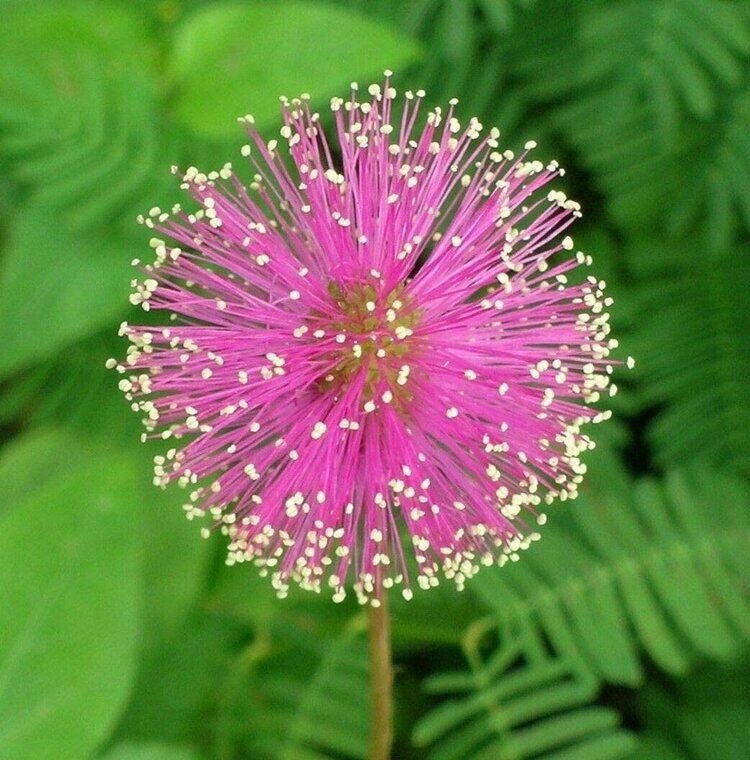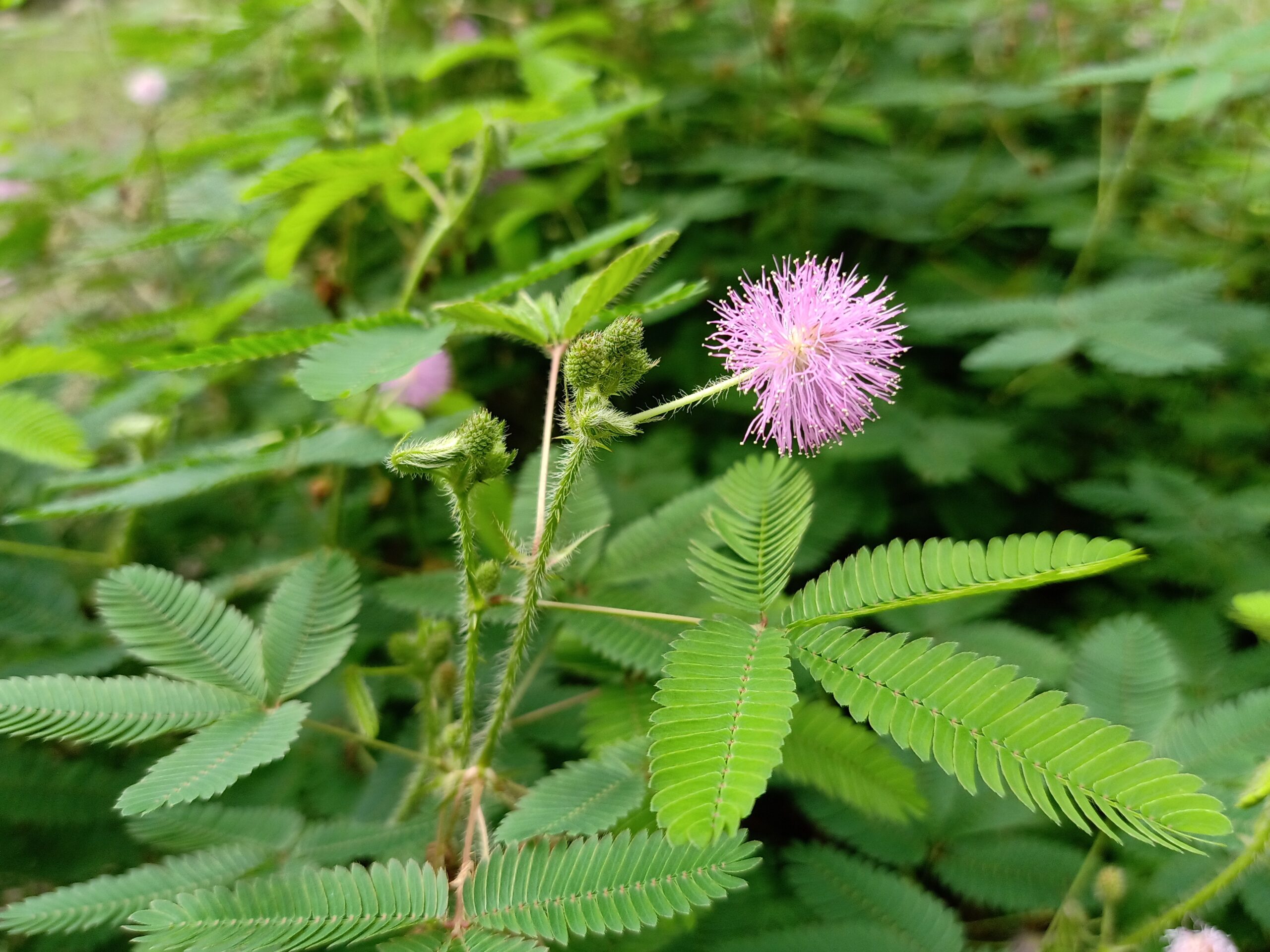Among the most fascinating plants in the natural world, the Sensitive Plant (Mimosa pudica) stands out for its extraordinary ability to move when touched.
Commonly known as Touch-Me-Not or Sleeping Grass, this tropical plant closes its leaves instantly in response to physical contact or vibration a defense mechanism that continues to intrigue scientists and plant lovers alike.
Origin and Distribution
Mimosa pudica is native to Central and South America, but it has spread widely throughout tropical and subtropical regions around the world.
Today, it can be found in Asia, Africa, and the Pacific islands, growing along roadsides, grasslands, and forest edges.
Its ability to adapt to a variety of soils has made it both popular in gardens and considered invasive in some areas.
Unique Movement: The Plant That Reacts to Touch
The Sensitive Plant’s most iconic trait is thigmonasty a rapid, reversible movement triggered by touch.
When a finger, raindrop, or insect lands on its leaves, the tiny cells at the base of each leaflet lose water pressure, causing the leaflets to fold inward and the leaf stalks to droop.
This remarkable response happens in less than a second, serving as a defense mechanism to scare away herbivores or protect itself from excessive sunlight and rain.
After a few minutes, the leaves reopen once the plant recovers its turgor pressure.
Appearance and Growth
Mimosa pudica is a small perennial shrub, growing 15–50 cm tall.
It has delicate, feathery green leaves divided into many small leaflets, and produces small pink or lavender puff-ball flowers that resemble tiny dandelions.
The plant grows best in warm, humid climates and prefers full sun with moist but well-drained soil.
Because of its graceful foliage and interactive behavior, it is often used as a decorative curiosity plant in homes and botanical gardens.

Biological Mechanism
The movement of the Sensitive Plant is driven by changes in cell pressure within specialized structures called pulvini.
When stimulated by touch, heat, or light, ions and water move out of the pulvini cells, causing them to collapse temporarily.
This triggers the rapid closing motion one of the few examples of visible plant movement in the natural world.
Researchers have long studied Mimosa pudica to better understand plant physiology, communication, and memory-like behavior.
Some studies suggest that the plant can “learn” to ignore harmless repetitive stimuli, hinting at primitive learning processes even in plants.
Uses and Cultural Significance
Beyond its novelty, Mimosa pudica has been valued in traditional medicine for centuries.
In Ayurveda and other herbal traditions, it is used to treat:
- Skin wounds and burns
- Diarrhea and dysentery
- Insomnia and anxiety
The plant is also symbolic in many cultures:
- In India, it represents modesty and humility, reflecting how its leaves “bow” when touched.
- In Western culture, it’s often seen as a symbol of sensitivity and empathy.
Ecological Role and Considerations
Mimosa pudica helps prevent soil erosion due to its spreading roots and dense ground cover.
However, in some tropical regions, it is considered invasive, as it can overgrow native plants and grasslands.
Responsible cultivation and management are therefore encouraged.
Key Facts about the Sensitive Plant
| Feature | Description |
|---|---|
| Scientific Name | Mimosa pudica |
| Common Names | Sensitive Plant, Touch-Me-Not, Sleeping Grass |
| Family | Fabaceae (Legume family) |
| Origin | Central and South America |
| Type | Perennial herb or small shrub |
| Height | 15–50 cm |
| Leaf Movement | Responds to touch (thigmonasty) |
| Flower | Pink or lavender globular blooms |
| Climate | Tropical and subtropical regions |
| Special Feature | Closes leaves when touched, reopens after a few minutes |





